Pentax’s imminent film compact has caused a buzz. Offering a camera that has automatic metering, zone focus shooting and comes from an established name. Oh and it shoots frugal half frame too. But hang on another camera ticks those boxes and offers more. Meet the Lomography LC-A Wide.
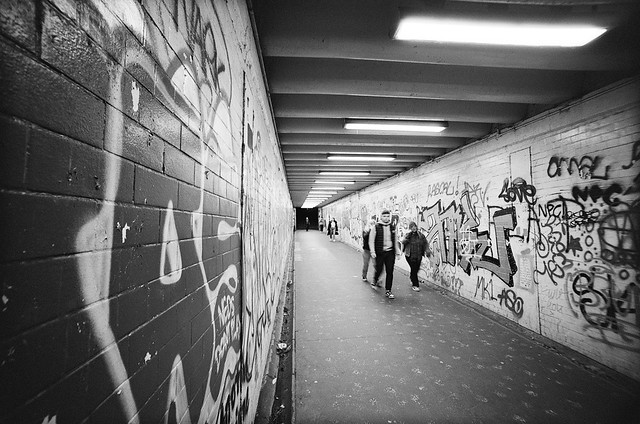
Most people were seeing either MiNT’s imminent Rollei AF or Reto’s Kodak Ektar H35N as more obvious rivals to the new Pentax. But the MiNT Rollei is full frame and has AF with a clear manual override spec. The Ektar is arguably the best plastic flash-tastic you can buy but still a lo-fi camera. Then there’s the half frame Alfie Tych which is best seen as a really interesting concept camera which costs the same as a LC-A+ but comes with a fixed focus disposable camera lens
But folk had forgotten about arguably the most advanced compact film camera you can buy today Lomography’s LC-A Wide.

But that’s a full frame camera Alan ?
That indeed it is . But the 2011 LC-A Wide offers multiformat with clip in masking for square (24x24mm) as well as half frame. Just flip a switch on the base and the camera gearing moves to half frame (you can also shoot half frame without using mask but using the lens cover to make over lapping images).
The LC-A Wide has a fair few accessories too including an underwater housing. It has a cable tread, tripod point and standard hotshoe.

Lomography and the LC-A
Lomography would not exist if it wasn’t for a Russian copy of a Japanese camera. That copy of the Cosina CX1 and CX2 was the original LC-A made by LOMO (ЛОМО) a Soviet Camera manufacturer in St Petersburg. Both the LC-A and lomography are some what legendary and highly mythised in the Lo-Fi community.
The tL:DR is that LOMO launched the LC-A in 1984 mainly for domestic Soviet markets but also for the Western Dollar. It shifted a fair few but would have remained a relatively obscure camera today if it wasn’t for a group of Austrian Students visiting Prague in 1991. They fell in love with the camera and would go on to found both the Lomography principles and later the company
The LC-A would have died off in 1994. But thanks to the Austrians and a certain Vladimir Putin in his more benevolent days as St Peterburg’s mayor, production relaunched at LOMO in 1995 and would continue to 2005
When LOMO decided they could no longer make the camera, Lomography developed a new version the LC-A+. This would be followed by the LC-A wide and the roll film LC-A 120.
The LC-A Wide Specs
- 17mm Minigon 1 lens 1:4.5
- AoV: 109° full frame
- Programme Auto exposure
- Shutter ∞ to 1/500
- Aperture – variable
- EV range up to 18 (100ISO)
- ISO 100-1600 ISO full stops, manually set
- 2 zone focus 0.4-0.9m, 0.9m-∞
- Power; 3xSR44/LR44
- Tripod: standard
- Cable: Standard
- Hotshoe flash X sync
- MX switch
- Gearing switch from FF to HF
- Cost (lomography UK store) – £349 (mid March ’24)
In box there are masks for half frame and square & and a cable release. It’s likely a rear curtain flash sync mode. There is no accessory rail like the LC-A+. So you can’t use the splitzer which could easily be modded to give you a filter holder. Tape or Blu-tac (other putty like temporary adhesives are available) may be the order of the day if you want to do that.
You can shoot using masks, frame setting and with the viewfinder blinds at odd positions. A good example is something called endless panoramic where you set for half frame but leave out the mask. Theo Panagopoulos explains this better with examples in his review of the LC-A Wide on Photo Thinking
But it’s just 2 zones !!

You might think “Pah ! only 2 zone for focus“. Well on full frame it really doesn’t need a lot, Lomography could have produced iit as fixed focus and even wide open at f/4.5 that wide 17mm in theory should have shoot everything from 1.08m to infinity with very acceptable (CoC 0.03mm) sharpness according to the the dofmaster.com Calculator.
So by sticking in a slight lens movement of the hyperfocal point they can easily cover the 0.4m to infinity with just 2 zones. And yah know for me the close focus is a nice to have but not be all
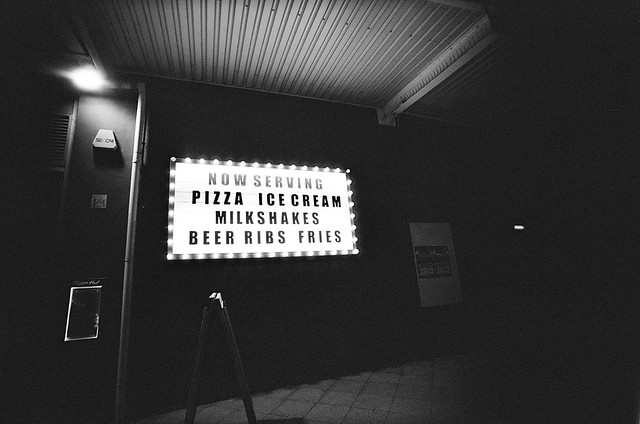
Looks and Build
this is the best built compact on the market. No Lo-fi bendy plastic here. It is reasonably solid although it is more plastic than an original Lomo LC-A.
It is styled authentically to match that an it’s little brother the LC-A+ and the Russian original. Slide the switch beneath the lens to open both the lens and viewfinder cover. Note this slide is notched midway for a half frame setting.
Like the LC-A+ it loses the aperture switch for flash, which uses rear curtain exposure. Both also lacks the focus HUD in viewfinder found in the Russian original
It has a standard loading set up and thumbwheel advance.
One curious point which I think is just a design throw back there remains an access point on base to the winding mechanism. LOMO (ЛОМО) had planned a winder like the cosina. You find a winder point on older LC-A along with control contacts but not later models. The wide lacks the contact points

Expectations Tempered
Bar Lomography’s 10mm Fisheye cameras, there is no current compact camera that offers such a wide lens. The nearest are the 22mm VUWS clones like the Reto UWS. Reto use that lens and a hybrid version of the lens in their Kodak Ektar H35 series models. But these are still lo-fi plastic or plastic hybrid.
Nikon sell a full frame AF-S 20mm f/1.8G ED for £799. Admittedly this is legendary modern lens and one of the best Nikon has ever made.
That’s a little out of my league but I have used a 18-55mm DX lens on my Nikon F75. It however vignetted massively at 18mm although produced good quality images inside the circular vignette
So expect performance here to be between the VUWS/H35N and my cropped sensor mash up.
And this review …. ?
I could have reviewed this camera fully but that boat has long sailed by others even. So I’m going to have a look at it in 2 other ways
My shots here are with half frame shooting Ilford’s experiment Phoenix (1st gen) and full frame with good old XP2. The XP2 was processed by AG Photolab but the half frame was sent to Photo Hippo.
In use
Prepping
You need to make a decision about the film mask in advance. Unlike some cameras that allow you to switch mask mid roll like the Diana Mini, You can’t do that here.. That said you can set the gearing switch to half frame and shoot on the normal frame mask but only open the shutter na viewfinder to the half frame setting, This allows you to do merged shots
The shutter is locked until you open the lens and viewfinder by sliding switch on base. As already mentioned there is a half way point for half frame. On the base you’ll find the full Frame/Square & half frame (FF/S & HF) gearing switch and the multiple exposure (MX) switch.

Although the FF/S & HF moves the gearing to half frame the shutter count moves up in full frames.
Shooting the LC-A Wide
Loading is as mentioned standard. The ISO is adjusted by turning a cog on side of lens bezel. It’s worth noting the window above the ISO window is for the light sensor just as with original LC-A
I’d assume like the original you can lock exposure by half depressing the shutter button, But test in lo-light v lightbulb would suggest this isn’t the case. That’s a shame as the the original LC-A does this perfectly. For full frame it did pretty well for a compact for exposure. And of course it can do crazy long exposures.
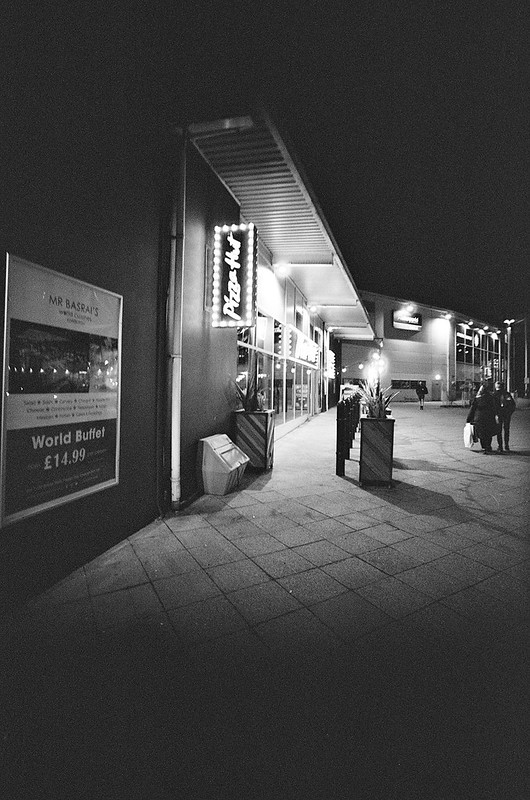
And of course like the LC-A+, the wide lacks the LC-A’s manual aperture control for flash. That provided a semi manual mode.
Results
Full Frame
The full frame admittedly is where it’s all at. Different people will tell you different things but for me it just ate up Edinburgh’s streets
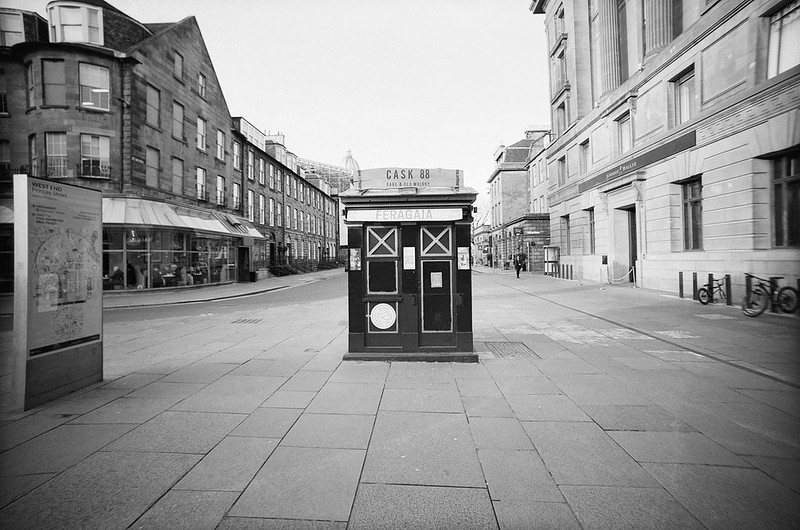
It is pretty sharp centrally but softens off a bit to the edges. Radial distortion is evident as you’d suspect for such a ultra wide. It’s broadly some barrel distortion but It can get a bit wacky towards frame edges with noticeable pincushion as you can see from the above shot.
I tended to shoot in instinctively landscape and street shots at the 0.9m to infinity but if you have a good serious close object you get a lovely effect but be aware of the distortion of taking a close shot
It’s not Bokeh but it is a nice soft background effect. This will obviously vary in light conditions as the aperture alters but theta shot above was 400 ISO film on a ~EV 13 day so I think I’ll have been nearer f/8.
Vignetting is present but it is quite a variable beast. You’d have assumed this daylight shot of Greyfriars Bobby would have had it marked but nope but this lower light shot of an Edinburgh close has it. Go figure
Half frame results
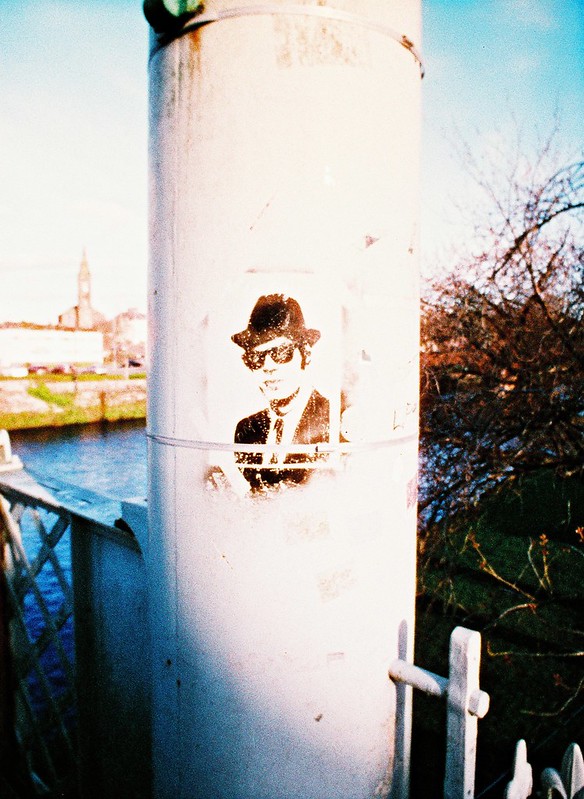
Half frame ain’t bad. But you do notice a weak point around 1 metre. It’s probably there on the full frame but in half frame each shot is effectively a cropped in full frame making those weakness more obvious. Otherwise shots are okay but not in the same league as a vintage classic half frame like my trusty Konica Eye. Compared with the Kodak Ektar H35N, except for 1-2m, it is slightly better optically. And obviously offers auto exposure. But Reto’s Kodak is a camera that you could pick up 7 of for the same money.
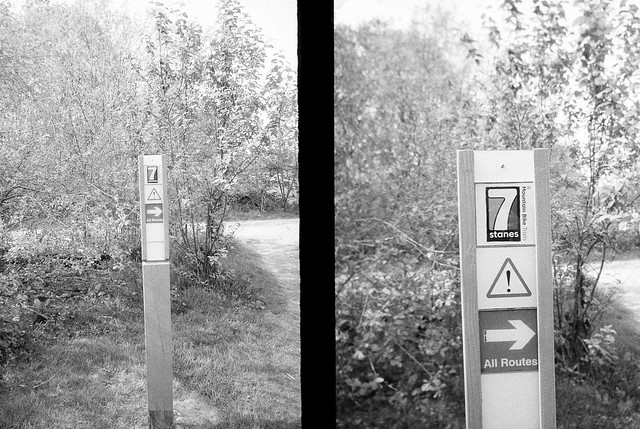
There’s less of an issue in terms of distortion as you get the central area and vignetting is minimal
I do think it has a tendency to overexpose on some shots on half frame mode which is not something I noticed on full frame. There are a few overlapping frames
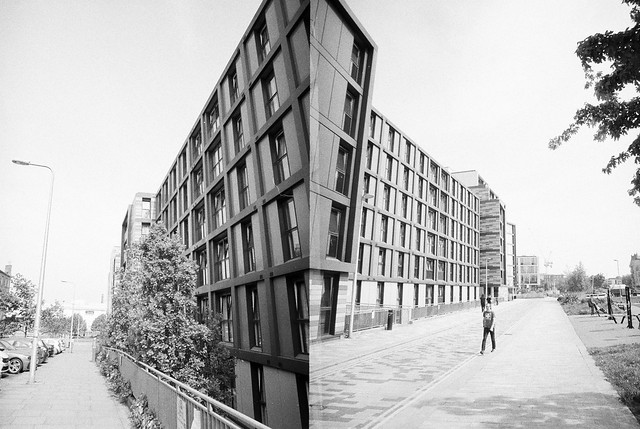
Final Thought on the Lomography LC-A wide
I’m going to be clear – this is the best camera Lomography have ever made. It’s well built and is currently the best 35mm compact on the market. It’s nearest rivals are it’s progenitor the LC-A+ and the Alfie Tych. It dials up everything from the LC-A+ with a range of shooting frames and the Tych is more a concept camera. The Tych is well designed with a turret lens selector and both auto and limited manual exposure available currently on a 35mm compact. But the stock model comes with a 1 element disposable camera and the glass lensed premium model is fixed focus and just under £500.
The LC-A wide does have some issues though. The ISO setting dial is worse than my LC-A, it lack the exposure lock of the soviet LC-A and the lens is erm.. characterful. You also have no easy way of adding filters although I suspect a couple of blobs of strategically placed blu-tac might work.
But it is a really interesting camera to shoot esp in full frame. It has been the best new compact 35mm on sale for some years and is the best camera Lomography AG makes.
What’s good about the LC-A Wide
- Insane wide lens
- Build quality very good
- Switchable formats
- Lens has character and isn’t that bad
- Sharp centrally
- The insanely long exposures
- Has a evolutionary history
What’s not so good about the LC-A Wide
- In half frame there’s a weak zone around 1-2m
- Distortions at edges may not be your cuppa
- Can’t lock exposure
- Mask for frame run risk of being lost
- ISO dial not the best
- no easy filter option
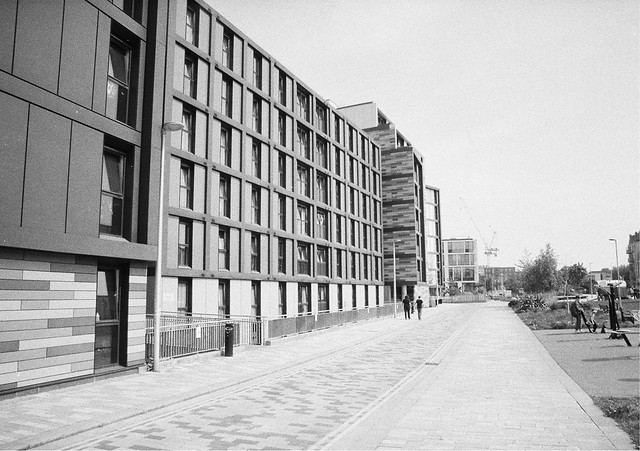
The LC-A Wide is Top Dog now but will it last ?
But all in it will be interesting to see how new rival measure up. We know the MiNT’s Rollei 35 AF, going high end with a hommage ton the Rollei 35 but with added auto focus. It will be likely between $650-800USD at launch potentially double the US list price for the LC-A Wide of $399. Sample images look promising and this may usurp the LC-A Wide as top compact dog but for a hefty price.
The real stalking horse will be Pentax’s camera. As I’ve been typing this an alleged leaked photo of the Pentax 17 has appeared. The camera has a 25mm 1:3.5 lens with what appears to be metering. Although the Pentax design group had said this was going to be zone focus the lens has scale focus marking underneath. Now that may not mean zone focus is ditched. Many zone focus compacts have full scale markings often on the bottom of the lens. And lets be honest zone focus cameras are scale focus, they’re just geared to get you to stick at 3 to 4 convenient focus points.
Other Reviews/Info on the LC-A Wide
Lomography maintain a microsite for information & hints for this camera.
In addition to Theo’s review mentioned earlier. You can find reviews by Hamish Gill at 35MMC, Stephen Dowling at Kosmo Foto as well as Lomo Kev’s Review which was one the first made on this camera. All are quite postive. You’d be forgiven for the 3 out 5 star review on ePhotozine indicating issues but the only faults they really had were with film (grrr). PC Mag’s 4 out of 5 is much clear in it it’s positivity.

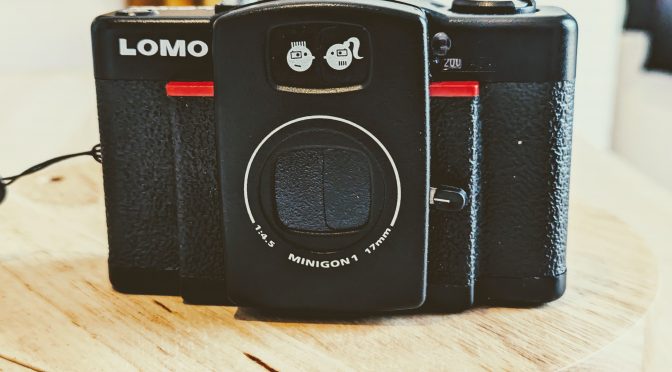


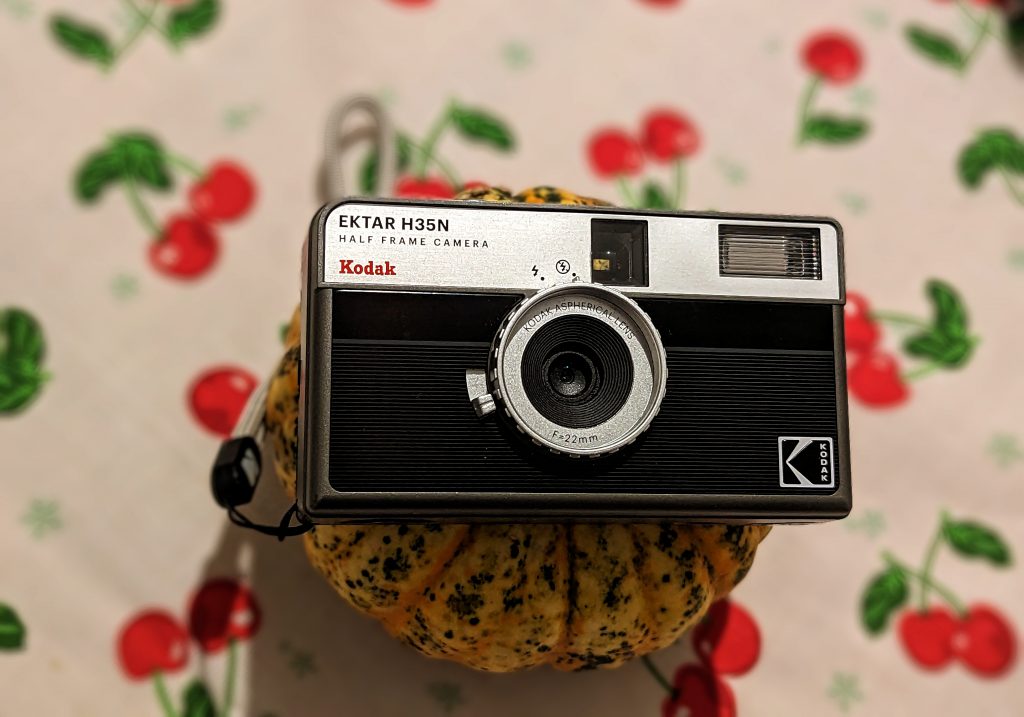
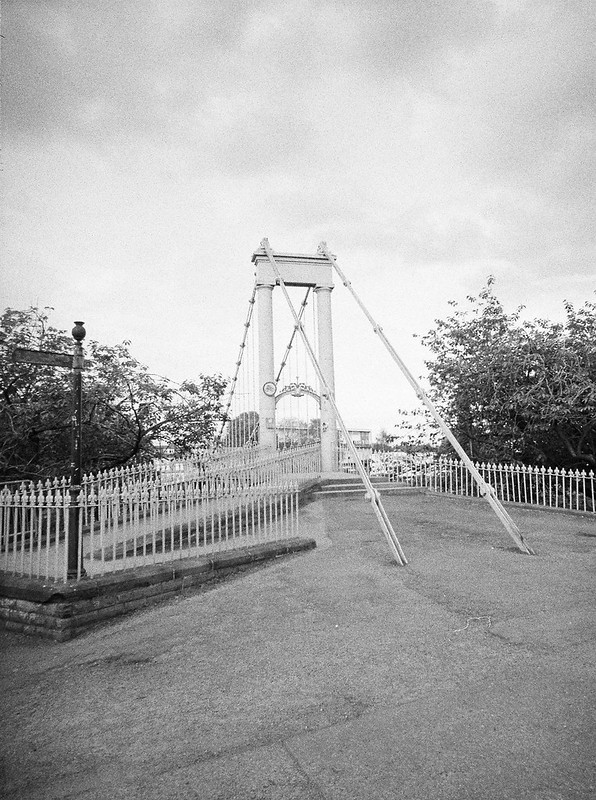
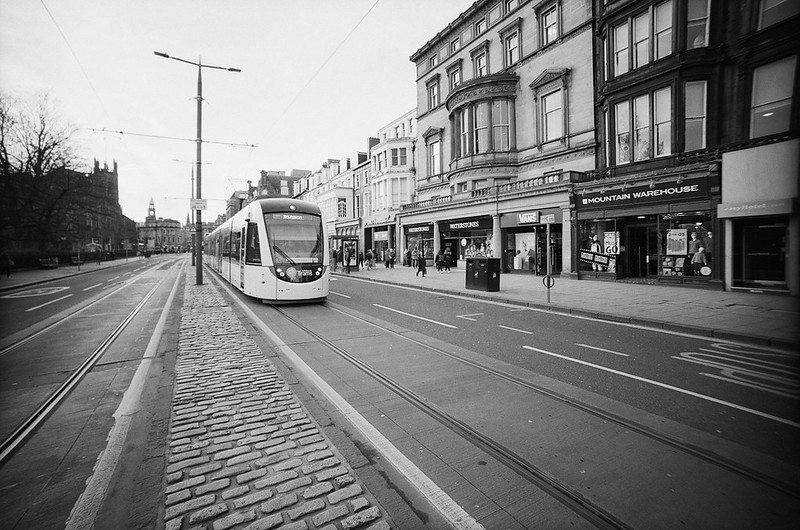
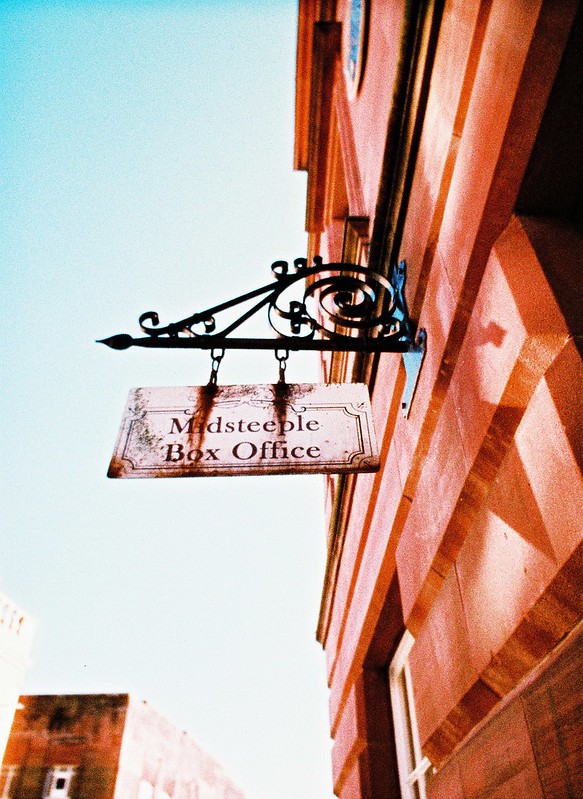
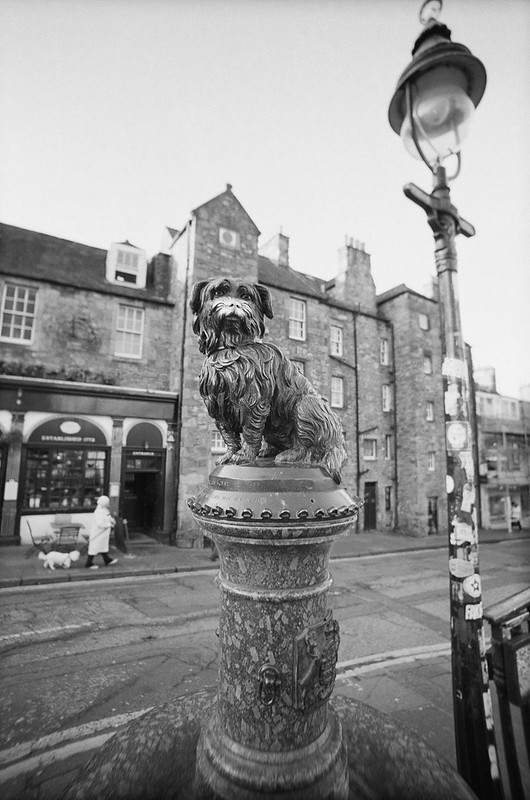
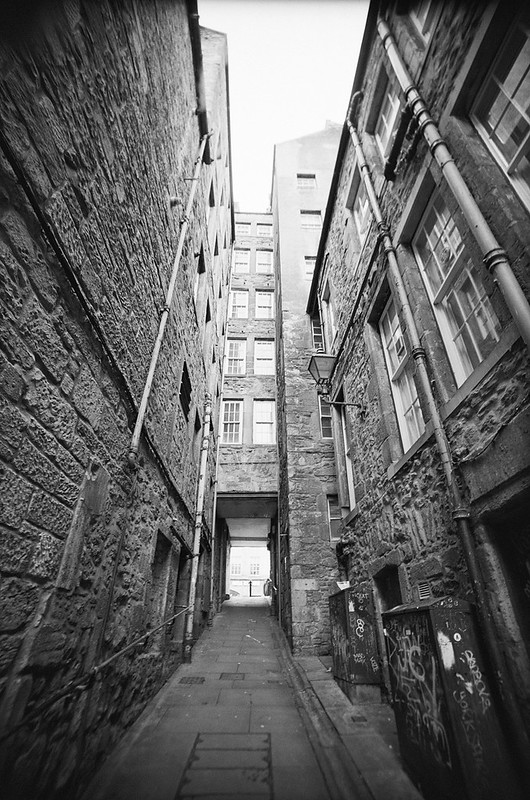
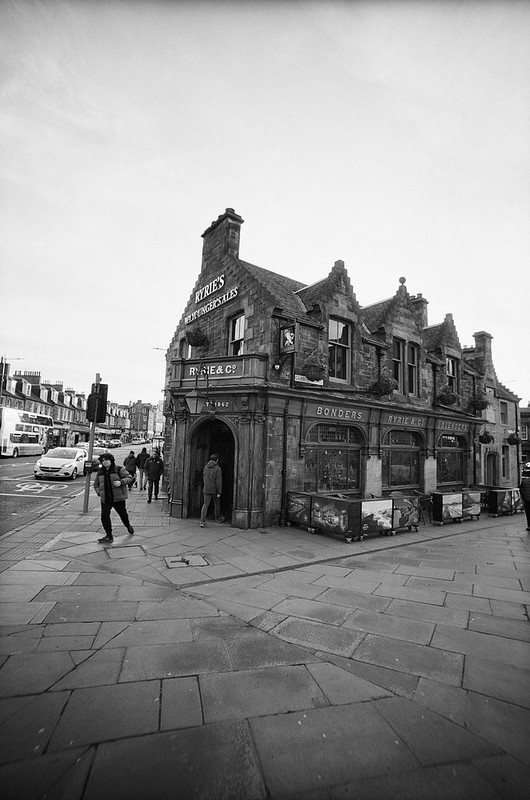
I use the LC-Wide & find it takes great pictures.
In effect, Vladimir Putin proved instrumental in helping maintain film photography!